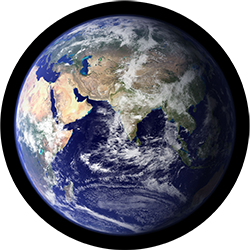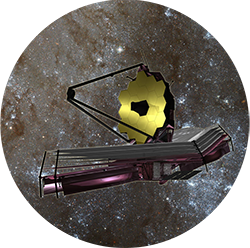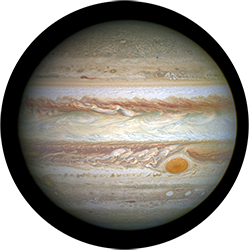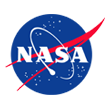
Science and Exploration at NASA Goddard
Understanding exoplanets requires a multidisciplinary exploration that delves into a range of topics, from atmospheric chemistry all the way to the interiors of stars. SEEC is uniquely positioned to leverage NASA Goddard Space Flight Center's four science divisions: Earth Science, Astrophysics, Heliophysics, and Planetary Science. Scientists from all four divisions come together to form the teams that SEEC supports. This enables diverse viewpoints and encourages the creativity needed to solve the next generation of exoplanet problems.
Learn more about Goddard's science divisions by clicking the links below.

Using Earth's climate to understand exoplanet atmospheres and habitability.

Detecting and categorizing exoplanets through observations and data analysis.

Constraining exoplanet formation and evolution through knowledge about stars and protoplanetary disks.

Taking lessons learned from our Solar System planets & moons and applying them to distant worlds.
SEEC teams are not limited to Goddard. Collaborators from many U.S. and international institutions often join forces to provide their expertise. SEEC frequently interacts with other exoplanet collaborations such as the Nexus for Exoplanet System Science (NExSS), NASA's Astrobiology Institute, and JPL's Exoplanet Exploration.
